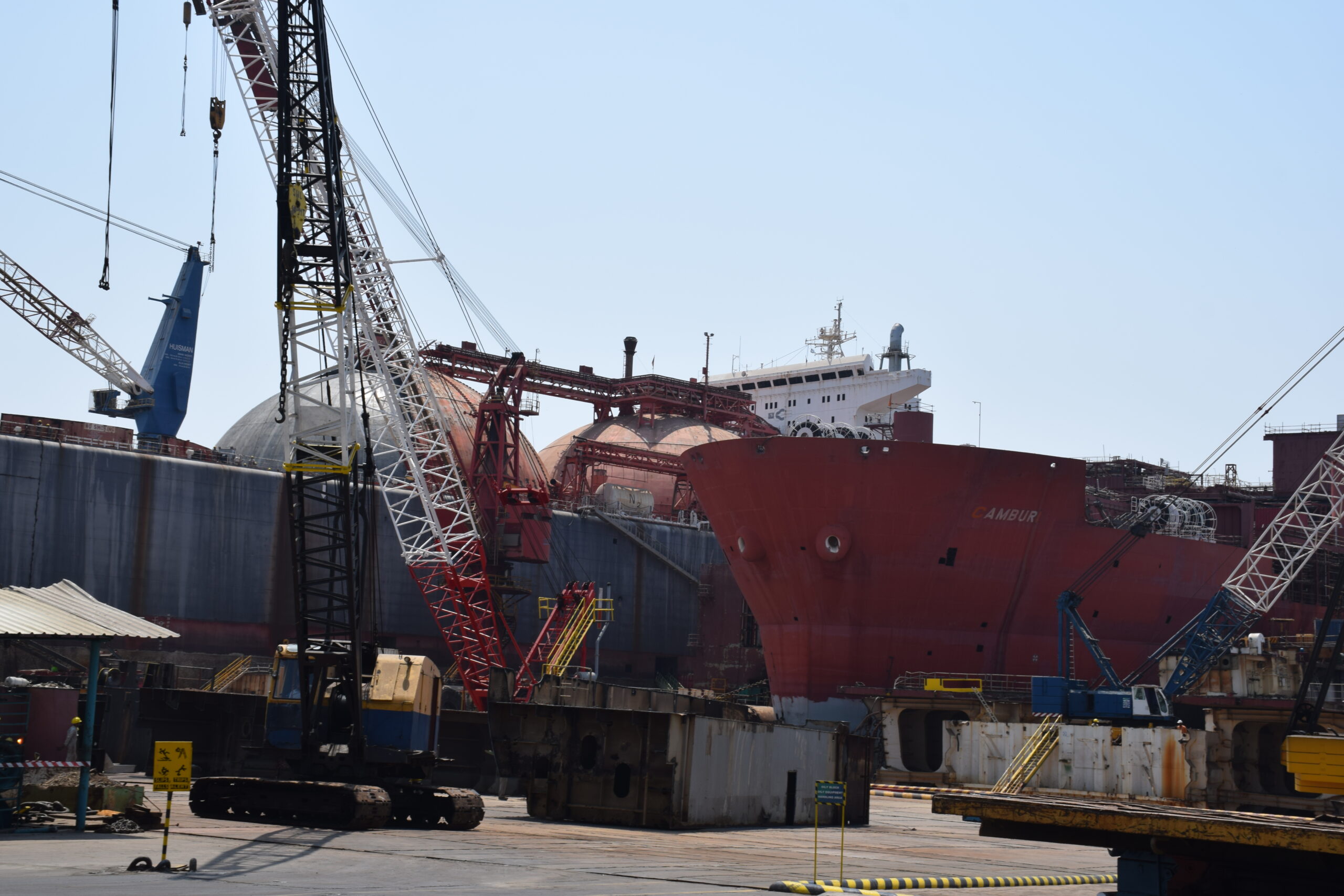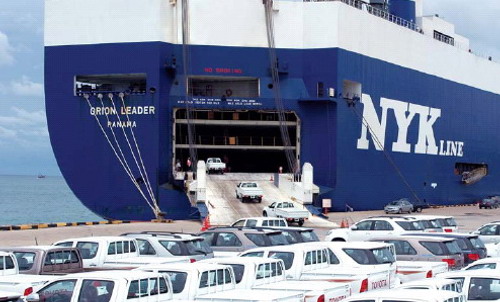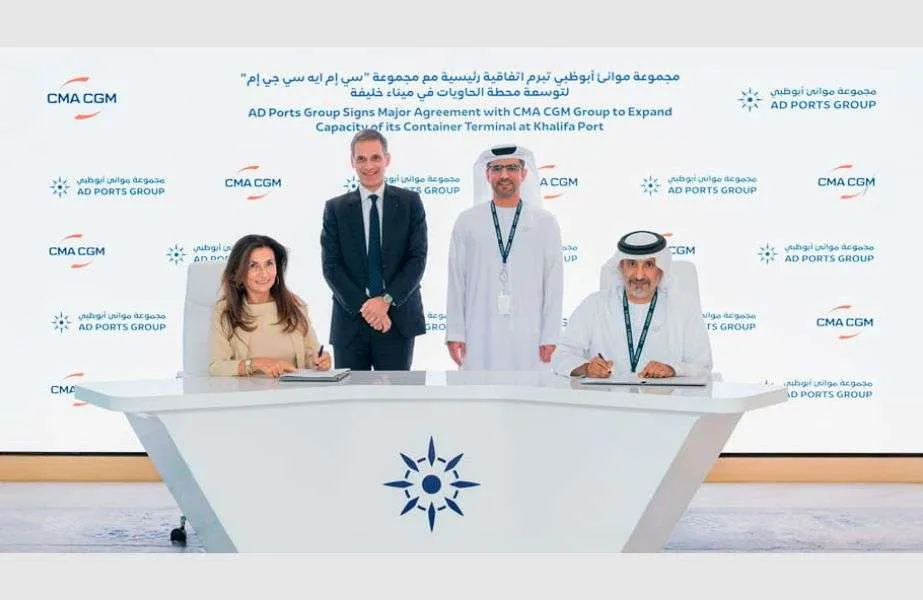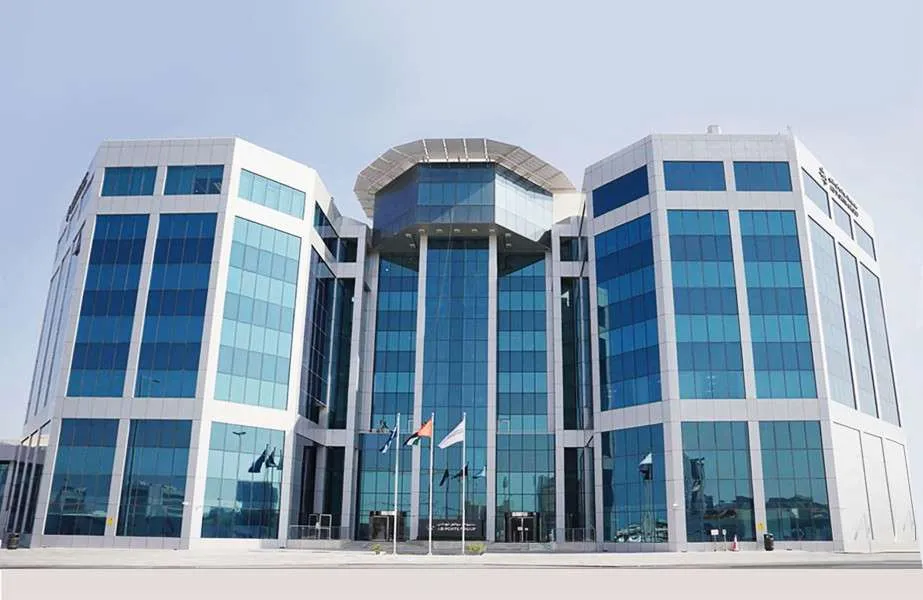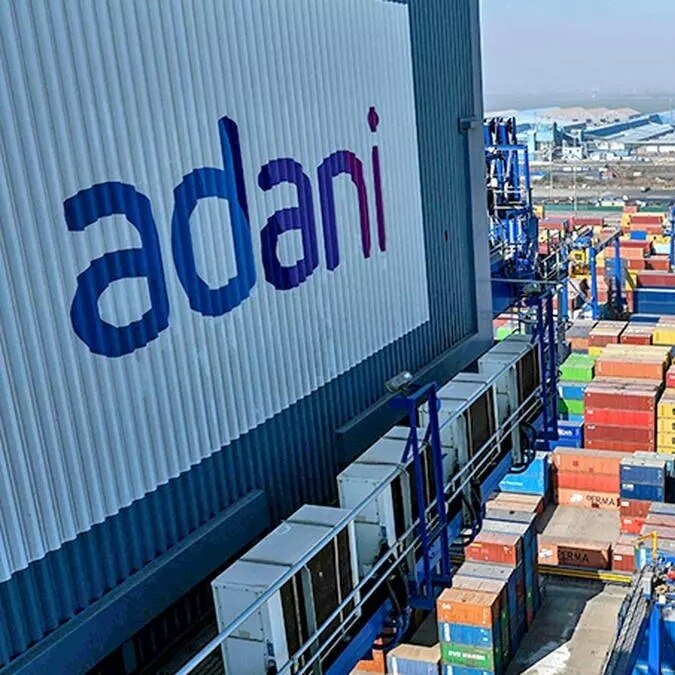Cargo Ship Saltwind Explorer Capsizes at Bhavnagar Anchorage Due to Anchor Failure
Bhavnagar, India — In a dramatic turn of events, the cargo ship Saltwind Explorer, bearing IMO No. 9483243, faced a serious incident at the Bhavnagar anchorage point when both its anchors broke off amid powerful sea currents. The vessel, which had arrived at Bhavnagar Port on October 3, 2024, with a load of 53,785 metric tons of coal, began to sink and eventually grounded outside the anchorage zone, sparking a major rescue and recovery operation.

The Saltwind Explorer had started unloading its cargo when disaster struck. According to reports, the ship was in the process of discharging 5,653 metric tons of coal when the first of its anchors snapped under the immense strain caused by the strong sea currents in the area. Bhavnagar’s waters are known to have the second-strongest sea current in the world, making it a challenging environment for maritime operations.
The ship’s captain and crew had little time to react before the situation escalated. After the first anchor broke, a second anchor was swiftly deployed in an attempt to stabilize the vessel. However, within minutes, the second anchor also succumbed to the same fate, breaking off as the ship was rocked by the forceful currents. The Saltwind Explorer began to list and eventually went out of control.
As the vessel drifted dangerously, it moved away from the anchorage point and towards the side of the channel leading to Bhavnagar port. Unable to regain control, the ship eventually grounded, capsizing in shallow waters away from the original anchorage zone. Fortunately, no crew members were reported injured in the incident, but the situation left the vessel stranded and partially submerged, prompting immediate action from the Gujarat Maritime Board (GMB).
GMB’s Swift Response
In response to the unfolding emergency, the GMB dispatched a tug and pilot to the scene. The primary objective of the operation is to refloat the Saltwind Explorer and tow it to safety. Tugboats are often employed in such operations due to their powerful engines, which can help stabilize and manoeuvre stricken vessels. The challenging sea conditions at Bhavnagar anchorage, compounded by the strong current, add complexity to the task, making it crucial to conduct the rescue operation with precision and caution.
The GMB’s tug team is working against the clock to prevent any further damage to the vessel or the environment. Given the ship’s current position, there are concerns about potential damage to the ship’s hull and structure due to the grounding. Additionally, the large load of coal on board poses an environmental risk if any fuel or cargo were to spill into the sea. However, as of now, there have been no reports of leaks or contamination, and efforts to secure the vessel are ongoing.
Once the Saltwind Explorer is refloated and stabilized, a comprehensive survey will be conducted to assess the extent of the damage sustained during the grounding. This survey will involve a detailed examination of the ship’s hull, propulsion systems, and other critical components. The results will inform the next steps in the recovery process, including the potential need for repairs and a reassessment of the ship’s navigational capabilities.
Challenging Maritime Conditions at Bhavnagar Anchorage
The incident highlights vessels’ challenging conditions at Bhavnagar anchorage, which is notorious for its powerful sea currents. Located along the Gulf of Khambhat, this area experiences one of the strongest tidal flows in the world, second only to the Bay of Fundy in Canada. Ships operating in these waters must be equipped to handle these conditions, with strong anchors and well-maintained equipment to withstand the extreme forces exerted by the tides.
Despite the risks, Bhavnagar remains an important port for coal and other bulk cargoes, handling significant volumes of maritime traffic each year. However, the incident with the Saltwind Explorer underscores the need for heightened safety protocols and vigilant monitoring of vessels while anchored in such treacherous waters.
The Way Forward
While efforts are focused on refloating the vessel and securing it, maritime authorities and the ship’s operators will also be looking into the reasons behind the failure of both anchors. Investigations will likely examine the condition of the ship’s equipment, including whether proper maintenance protocols were followed before it arrived at Bhavnagar Port.
The incident raises concerns about the safety of ships operating in high-risk maritime environments like Bhavnagar. With the Gulf of Khambhat’s powerful currents known to pose significant challenges, vessels need to be well-prepared for such conditions to prevent similar accidents in the future.
As the situation unfolds, further updates on the status of the Saltwind Explorer, the outcome of the damage survey, and any necessary remedial actions will be provided by the GMB. For now, the immediate priority remains ensuring the safe recovery of the vessel and protecting the surrounding marine environment.
Author: shipping inbox
shipping and maritime related web portal




